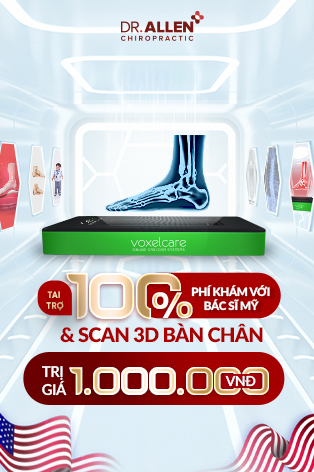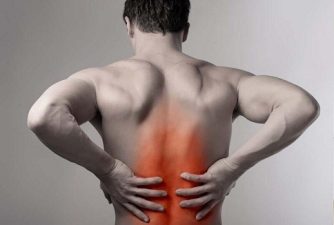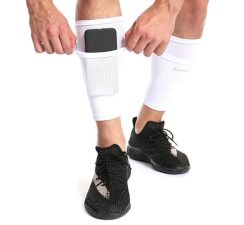A herniated disc, also known as a slipped or ruptured disc, is a common condition that can cause pain, discomfort, and limited mobility. This article will provide an overview of herniated discs in different parts of the back, their symptoms, causes, and treatment options, as well as the role of back braces and pillows in managing the condition.
What is a Herniated Disc in Your Back?
The spine is made up of individual bones called vertebrae, cushioned by soft, rubbery discs. These discs act as shock absorbers and provide flexibility to the spine. A herniated disc occurs when the outer layer of a disc tears, causing the gel-like inner material to bulge or leak out. This can put pressure on nearby nerves, resulting in pain, numbness, or weakness.
Herniated Discs in Different Parts of the Back
Upper Back Herniated Disc: Although less common, herniated discs can occur in the upper (thoracic) region of the spine. Symptoms may include localized pain, chest pain, or pain radiating around the ribcage.
Middle Back Herniated Disc: Herniated discs in the middle back (thoracic spine) are relatively rare but can cause pain and discomfort in the affected area.
Lower Back Herniated Disc: The most common location for herniated discs is in the lower back (lumbar spine), specifically between the L4 – L5 and L5 – S1 vertebrae. This can result in hip pain and other symptoms, such as sciatica.
Symptoms and Causes
Herniated disc symptoms vary depending on the location and severity of the condition. Common symptoms include:
- Localized pain in the affected area
- Radiating pain, numbness, or weakness in the limbs
- Muscle spasms or stiffness
- Limited mobility
Several factors can contribute to the development of a herniated disc, such as age, genetics, occupation, and lifestyle habits. Poor posture, excessive strain on the back, and obesity can also increase the risk.
Treatment Options
Treatment for a herniated disc depends on the severity and location of the condition. Conservative treatments include:
- Rest and avoiding activities that aggravate the pain
- Over-the-counter or prescription pain relievers
- Oral steroids to reduce inflammation
- Physical therapy and gentle stretching exercises
In more severe cases, surgical intervention may be necessary to alleviate symptoms and prevent further complications.
Upper Back Herniated Disc Exercises
Specific exercises can help alleviate pain and discomfort caused by an upper back herniated disc. These exercises focus on strengthening and stretching the muscles around the spine to reduce pressure on the affected disc. Consult a physical therapist or healthcare professional before starting any exercise program.
Back Braces and Pillows
Back braces and pillows can provide support and alleviate pain caused by a herniated disc. However, it is essential to consult a healthcare professional before using a back brace or pillow, as improper use can lead to further complications. A medical professional can recommend the appropriate brace or pillow for your specific condition and guide you on proper usage.
Conclusion
A herniated disc can be a painful and debilitating condition. Understanding the causes, symptoms, and treatment options can help you manage the condition effectively and prevent complications. Consult with a healthcare professional to determine the most appropriate treatment plan for your specific situation.











